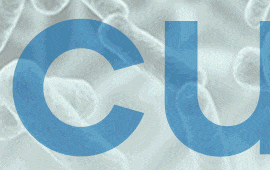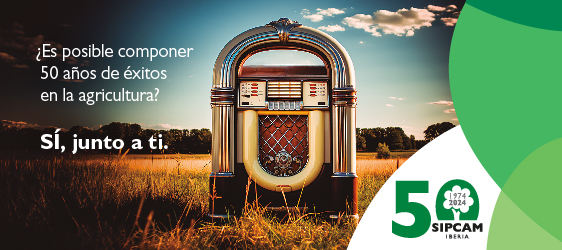Se estudió la actividad antifúngica de cuatro aditivos alimentarios a base de azufre contra los patógenos Penicillium digitatum, Penicillium italicum y Geotrichum citri-aurantii, causantes respectivamente de las podredumbres verde, azul y ácida en poscosecha de cítricos. Los aditivos utilizados fueron metabisulfito sódico (SMBS), metabisulfito potásico (PMBS), sulfato de aluminio (AlS) y sulfato de aluminio y potasio (AlPS). En primer lugar, se evaluó su eficacia in vitro en base a la reducción del crecimiento micelial de los hongos en medio PDA a diferentes concentraciones de los aditivos (10, 20, 30, 50, 100 mM). Tras siete días de incubación a 25°C, las cuatro sales inhibieron completamente el crecimiento de los hongos a concentraciones iguales o superiores a 20 mM. Posteriormente, en ensayos preliminares in vivo se seleccionaron las sales y concentraciones más prometedoras para probar su efectividad mediante baños en soluciones acuosas a temperatura ambiente (20ºC). La actividad curativa de estas soluciones se evaluó en ensayos in vivo con naranjas ‘Valencia Late’ inoculadas artificialmente con los patógenos unas 24 h antes del baño. La inmersión en soluciones de SMBS y PMBS a 20 y 50 mM durante 60 o 120 s redujo significativamente la incidencia (50-80%) y la severidad (40-80%) de las podredumbres verde y azul. Por el contrario, ningún tratamiento fue eficaz en el control de la podredumbre ácida.
The antifungal activity of four sulfur-based food additives against the pathogens Penicillium digitatum, Penicillium italicum and Geotrichum citri-aurantii, causal agents of the citrus postharvest diseases green mold, blue mold and sour rot, was studied in this work. The additives used were sodium metabisulfite (SMBS), potassium metabisulfite (PMBS), aluminum sulfate (AlS) and aluminum potassium sulfate (AlPS). First, the in vitro efficacy was evaluated based on the reduction of fungal mycelial growth on PDA medium amended with different concentrations of the additives (10, 20, 30, 50, 100 mM). After 7 days of incubation at 25°C, the four salts completely inhibited the growth of all fungi at concentrations equal to or higher than 20 mM. Subsequently, in preliminary in vivo tests, the most promising salts and concentrations were selected to test their effectiveness as dip treatments in aqueous solutions at room temperature (20ºC). The curative activity of these solutions was tested in vivo with 'Valencia' oranges artificially inoculated with the pathogens about 24 h before dip application. Immersion in SMBS and PMBS aqueous solutions at 20 and 50 mM for 60 or 120 s significantly reduced the incidence (50-80%) and severity (40-80%) of green and blue molds. In contrast, no treatment was effective to control sour rot.













